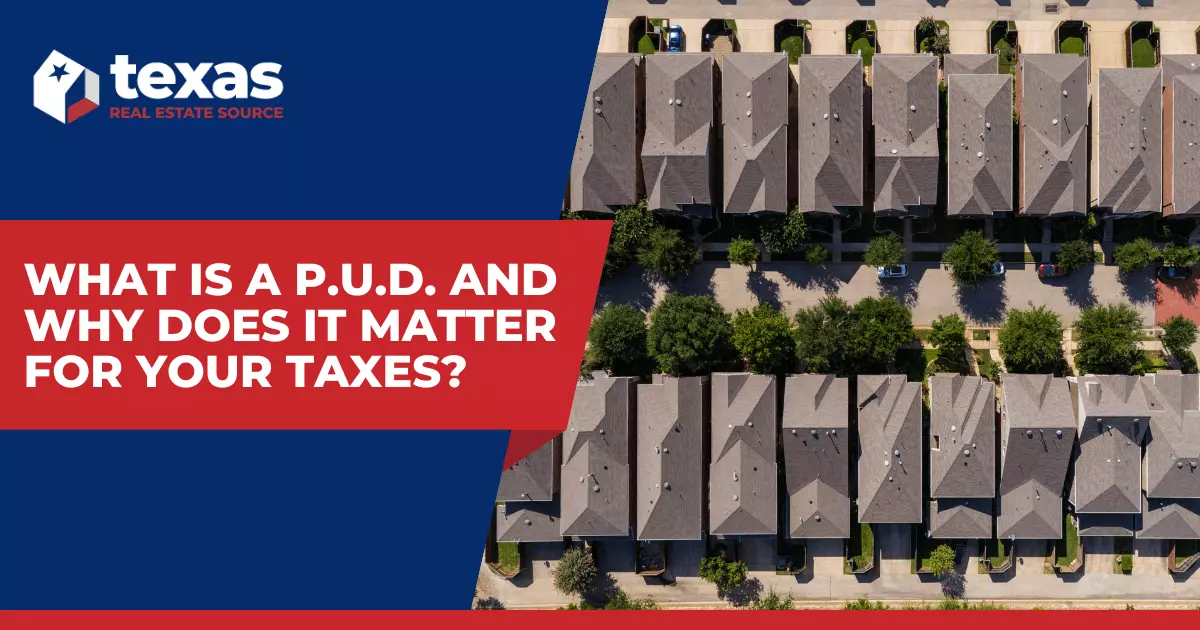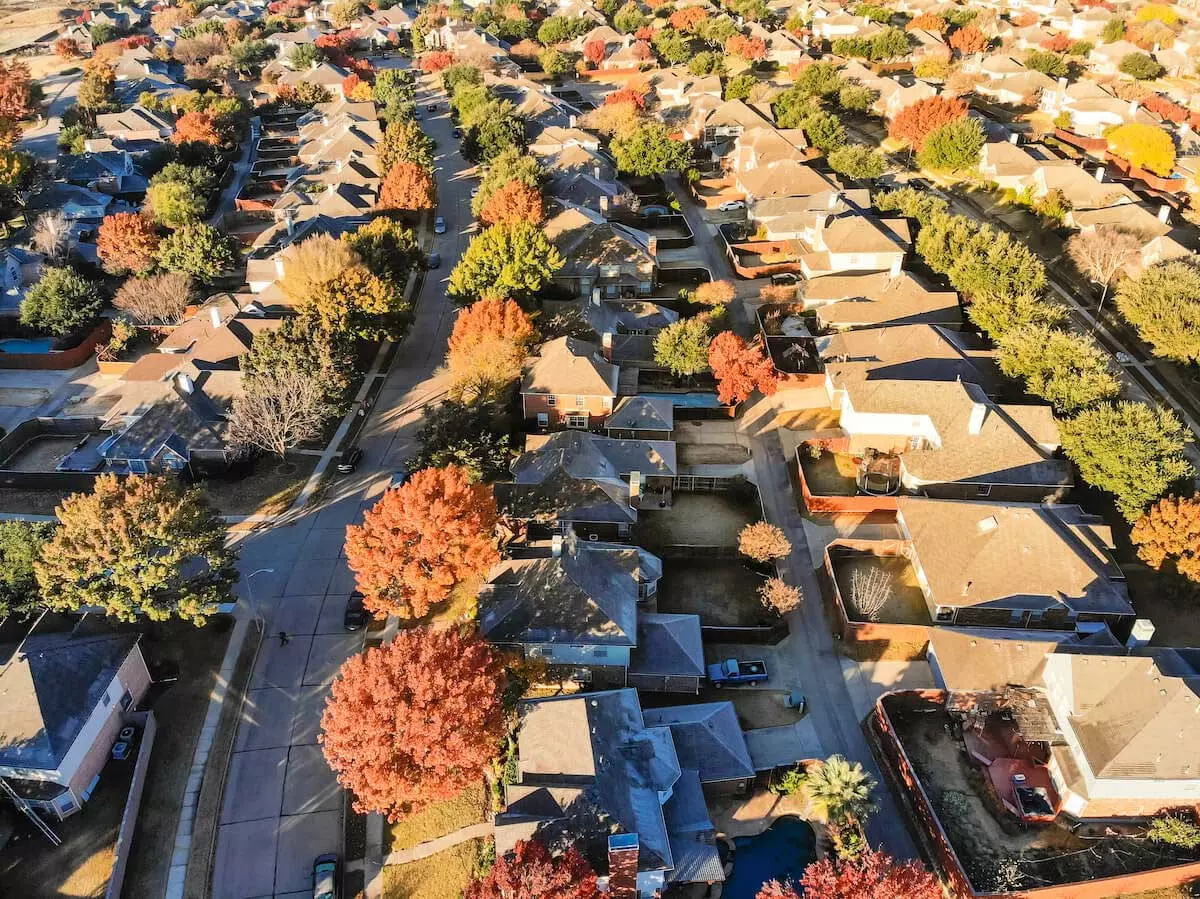
Home-buying can be an intimidating process, especially when faced with unfamiliar terminology. One such term is PUD. So, what does PUD mean in real estate? And how is it different from other acronyms like PID, MUD, or HOA? In this article, we will explore the role PUDs play in Texas real estate, their connection to property taxes and mortgage lending, and how they relate to homeowners' associations. Additionally, we will clarify the differences between PUDs and other real estate acronyms. Finally, we will provide insights on how to determine if you're in a PUD and discuss the impact of PUDs and HOAs on your mortgage.
What is a PUD in Real Estate?

In real estate, a PUD, or planned unit development, is a special zoning designation that allows for the creation of new residential or commercial developments. Unlike typical zoning ordinances, PUDs provide more flexibility in building configuration and purpose, while also ensuring that the quality of the development meets or exceeds previous zoning standards. Although PUDs can be adopted for commercial developments, they are mostly prevalent in residential communities.
Planned Unit Developments vs. Public Utility Districts
Planned Unit Developments should not be confused with Public Utility Districts (PUDs) in Texas, which provide community-owned utility services. Municipal Utility Districts (MUDs) are the more common term used to refer to these districts in Texas. Municipal Utility Districts offer water, sewer, and drainage services within communities where locally-available services and utilities are not accessible. MUDs are funded through municipal bonds repaid by property owners through annual property taxes. PUDs and MUDs are different entities serving distinct purposes.
PUDs vs. PIDs
PUDs may sometimes be confused with PIDs, or Public Improvement Districts. PIDs are created by cities to collect revenue for specific community improvements such as road construction, water distribution, wastewater systems, and landscaping. These improvements are funded through tax assessments collected by county tax offices. The assessments are usually temporary and expire once the associated debt is fully paid. PIDs and PUDs are distinct entities with different objectives.
PUDs vs. HOAs

While PUDs and homeowners' associations (HOAs) have similarities, they are different entities. PUDs function as zoning designations, while HOAs are organizations that enforce policies, rules, and regulations in a community. PUDs often have homeowners' associations to manage and operate them. However, not all HOAs are part of a PUD. The primary similarity between PUDs and HOAs lies in the amenities and services they provide to residents. PUDs can include a greater variety of amenities, including commercial areas such as grocery stores and restaurants.
How to Determine If You're in a PUD
To find out if a property is part of a planned unit development, examine the property listing for indications of HOA fees or if the property type is labeled as a condo. Properties with HOA fees are more likely to be part of a PUD. However, note that not all HOA properties are PUDs, and not all PUDs require HOA membership. Further investigation and consultation with your lender are necessary to confirm if a property is in a PUD.
PUD Dues and Property Taxes
PUD dues are billed and collected by the homeowners' association to fund common area improvements and maintenance. These dues are separate from real estate taxes collected by local taxing jurisdictions. PUD dues are billed directly to individual homeowners and are not considered property taxes.
How PUDs and HOAs Can Affect Your Mortgage
PUDs and HOAs can have an impact on your home loan. Lenders consider PUD and HOA dues as part of a borrower's debt-to-income ratio. High dues may require borrowers to have a higher income to qualify for a mortgage. Additionally, lenders assess the financial health of the HOA and the quality of its management, as poorly managed HOAs can affect property values and increase risks for mortgage lenders.
Communities with PUDs
PUDs can be found in a variety of real estate types, including residential and commercial properties. They are commonly seen in new urban condo and townhome developments that require zoning flexibility. However, rural and suburban areas with preexisting zoning regulations may not require PUD designation.
Pros and Cons of PUDs
PUD zoning provides flexibility in property use and allows for the development of new communities with a variety of amenities and services. However, PUDs require management by homeowners' associations and the payment of PUD dues. It's important to consider the impact of PUD dues on your mortgage and the overall financial health of the community.
In conclusion, PUDs play a crucial role in real estate, providing flexibility in property development and zoning. Understanding the distinctions between PUDs, PIDs, and HOAs is essential for homebuyers. By familiarizing yourself with these terms, you can make informed decisions about your home purchase and navigate the complexities of property ownership.











